Archaeologists in Jerusalem have uncovered a one-of-a-kind structure dating back to the First Temple period shedding light on ancient ritual practices, according to The Press Service of Israel (TPS-IL).
The 2,700-year-old structure was found in the City of David, located just outside the southern walls of Jerusalem’s Old City, and considered one of Israel’s most important archaeological sites.
The structure features eight rock-hewn rooms with unique installations, including an altar, a standing stone (masseba), an oil press, and a winepress. According to excavation director Eli Shukron, the site was likely used by residents of Judah for cultic or religious activities while the First Temple still stood on the Temple Mount, only a few hundred meters away.
“This is great. It is so important for Israeli history, because it’s the first time we discovered something like this in Jerusalem,” Shukron told The Press Service of Israel.
“People would put oil on top of a stone until King Hezekiah said people can’t do it anymore,” Shukron explained to TPS-IL. “We are thinking this alter was abandoned after that and is one of the last places to exist to show it happened.”
The findings were recently detailed in the peer-reviewed archaeological journal Atiqot.
Covering approximately 220 square meters, the structure’s layout and artifacts make it unparalleled in Jerusalem and rare throughout Israel. Among the discoveries are a carved installation with a drainage channel, believed to be an altar, and the masseba, which likely served as the focal point for ritual activity. One room’s floor features mysterious V-shaped carvings, possibly used as a base for a ritual tripod.
A small cave on the site’s edge yielded a trove of artifacts from the eighth century BCE, including cooking pots, jars inscribed with ancient Hebrew, loom weights, scarabs, stamped seals with decorative motifs, and grinding stones.
The site’s excavation adds another layer of intrigue. The northern section of the structure was initially uncovered in 1909 by Montague Parker, a British adventurer searching for the Ark of the Covenant. “When we began excavating the City of David in 2010, we discovered that the site had been sealed with fill from the Eighth Century BCE, indicating it had fallen out of use during that time,” said Shukron.
“This aligns with King Hezekiah’s religious reforms,” he explained. “He sought to centralize worship at the Temple in Jerusalem, eliminating ritual sites scattered across the kingdom. The Bible details how Hezekiah and later King Josiah undertook measures to abolish such practices,” he added.
“The standing stone we uncovered remained upright in its original place, and the other rooms in the structure were also well-preserved.”
The City of David is the original core of the ancient city of Jerusalem where King David established his capital. The site of many pivotal Biblical events, the park is best known for Hezekiah’s Tunnel, which was constructed by King Hezekiah to provide water to the city ahead of an Assyrian siege led by Sennacherib.
“This unique structure in the City of David is a tangible link to Jerusalem’s rich history,” said Minister of Heritage Rabbi Amichai Eliyahu. “Such discoveries strengthen our connection to the city and the cultural and religious traditions that emerged here thousands of years ago.”


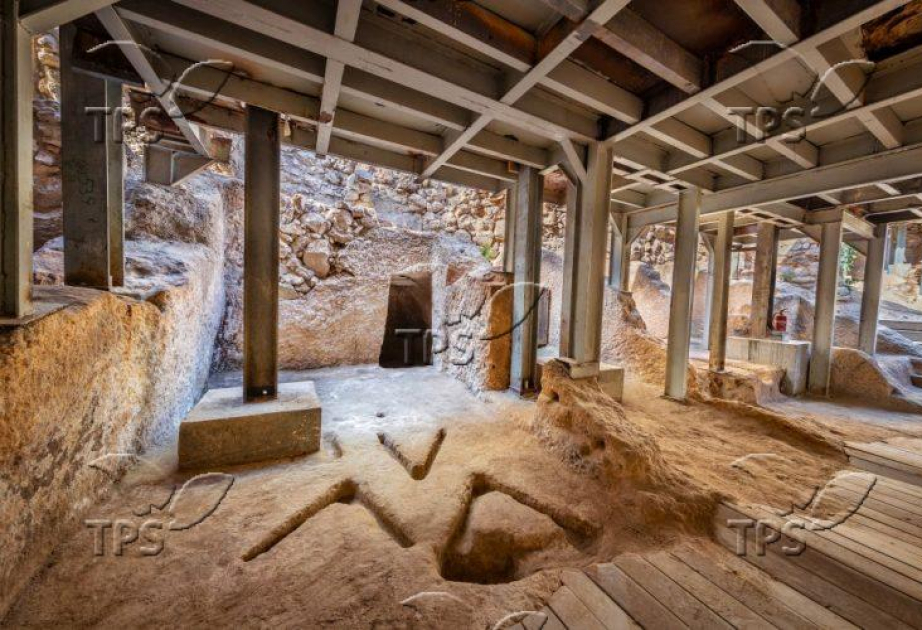





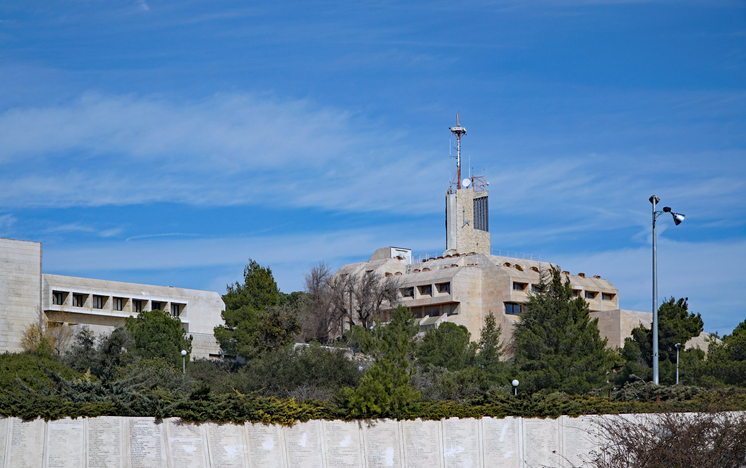

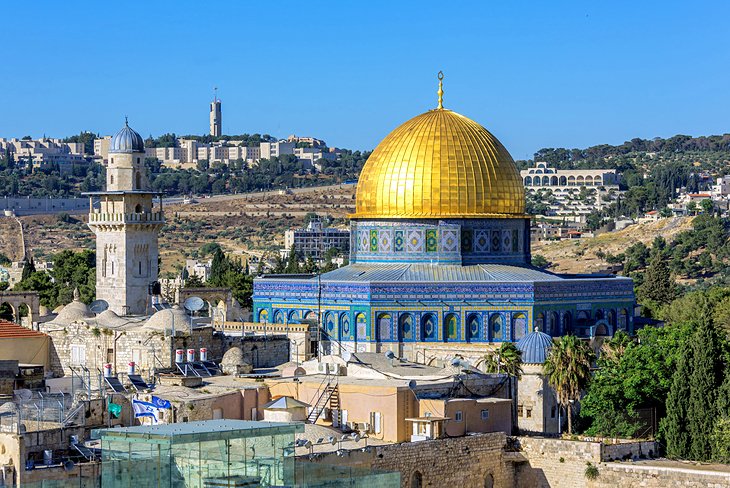



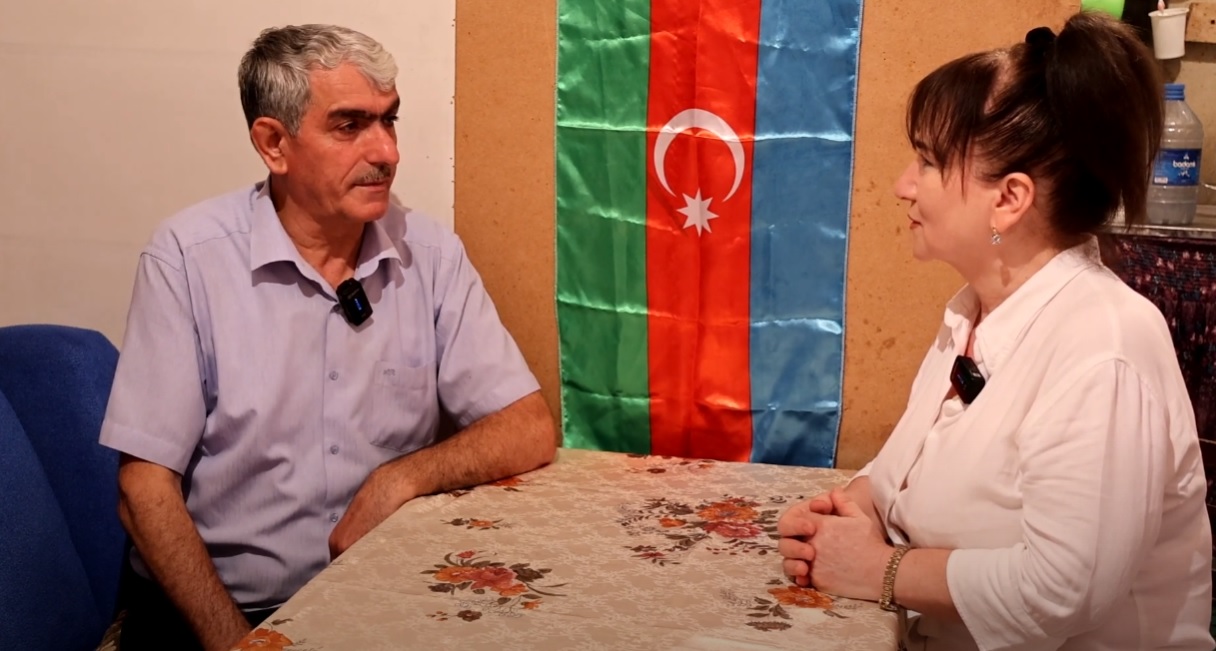
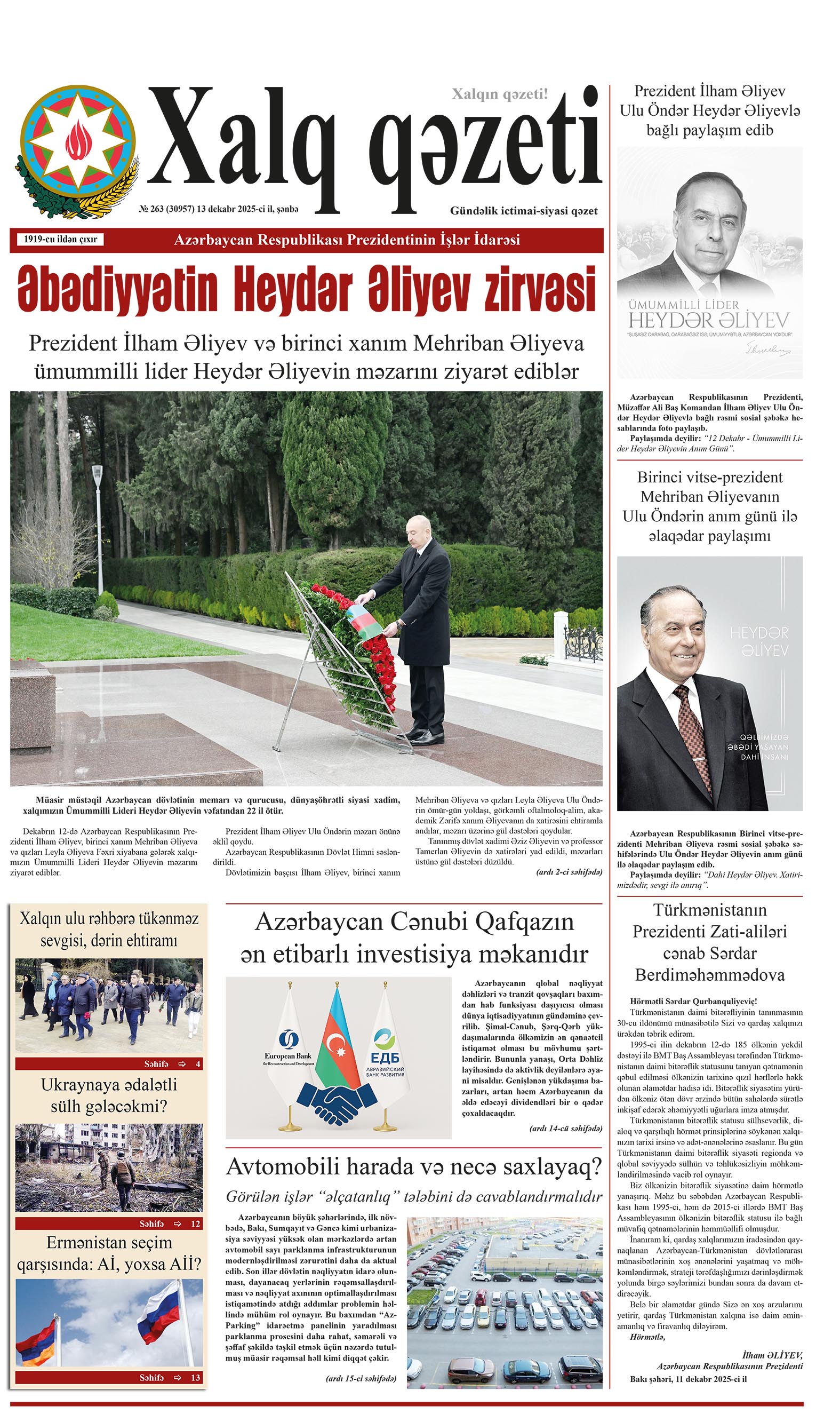
.png)



